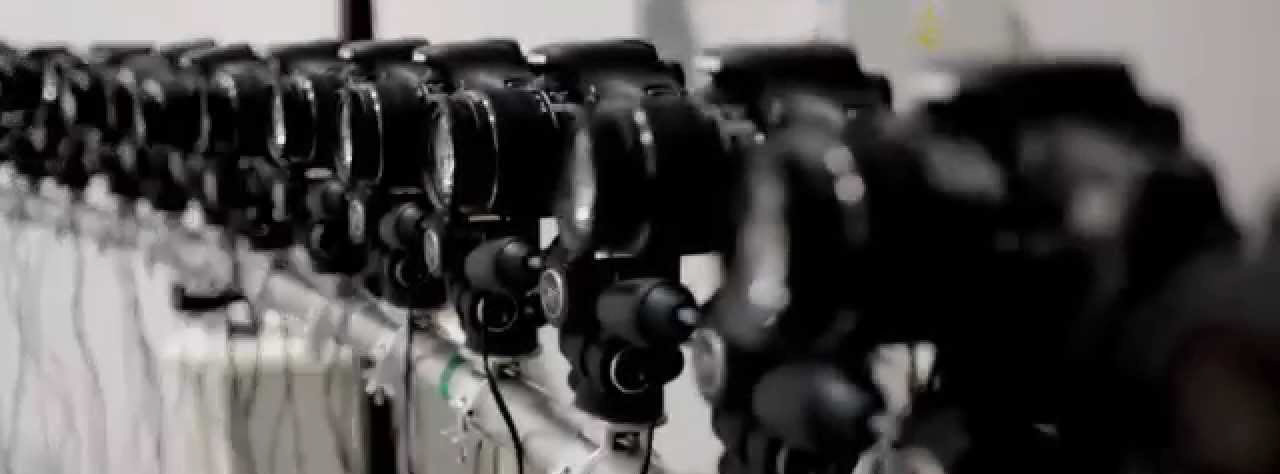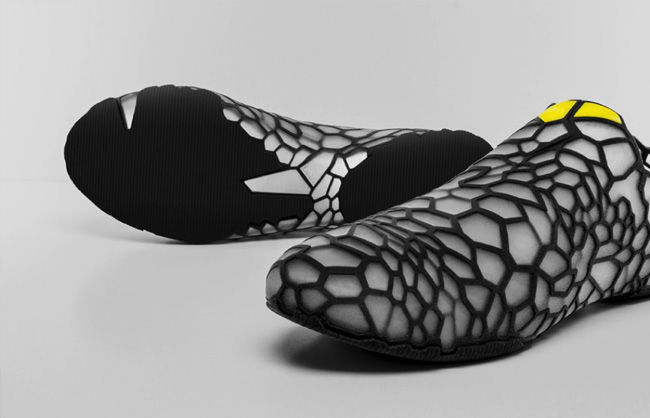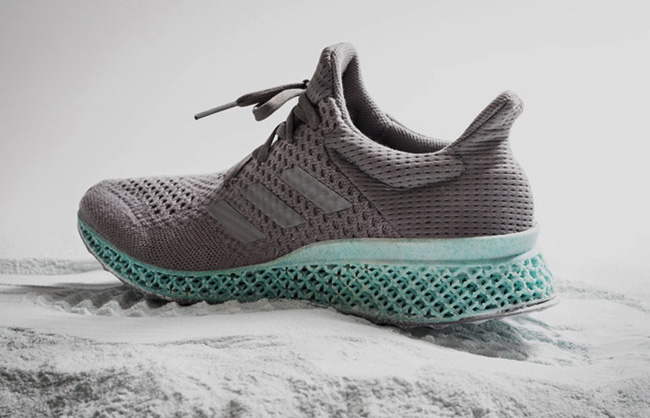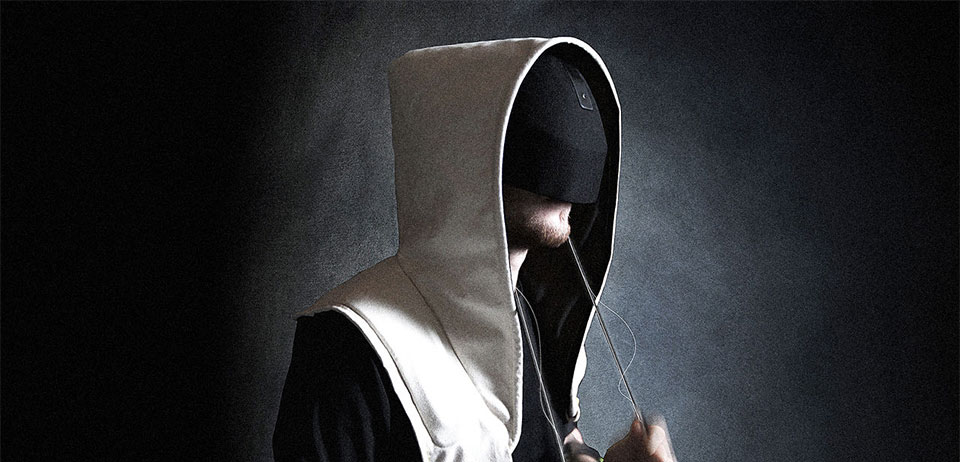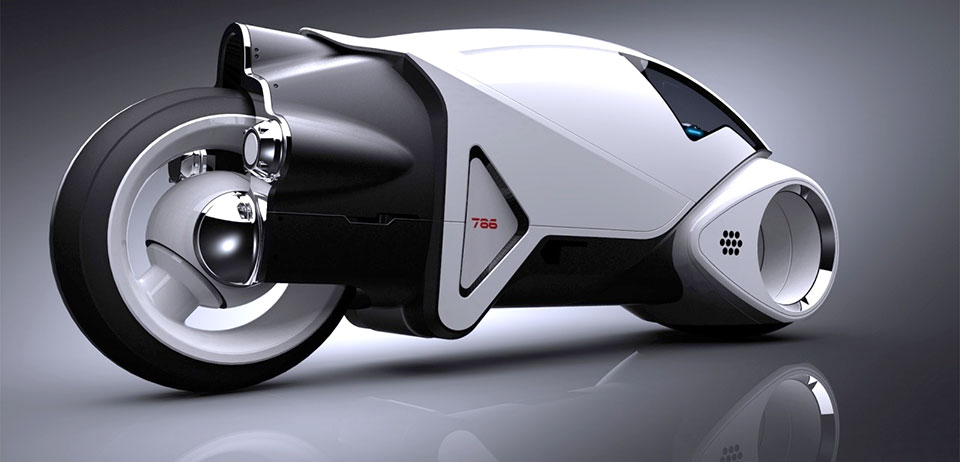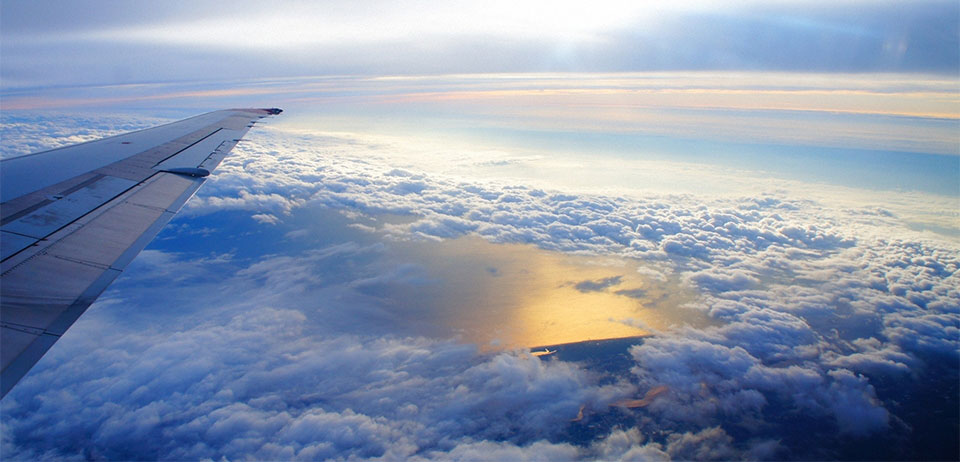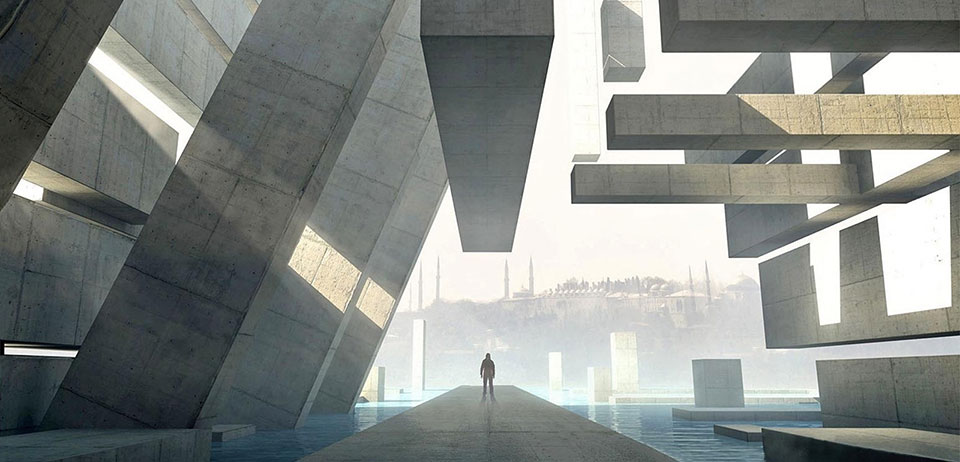3 STEPS STRATEGY
3D images are not just beautiful, they reduce return rates and they're a key preparation step before VR shopping.
There is also a social component as twenty-somethings want to shop with their friends. They see shopping as a social adventure rather than a task to be done.
We've done a lot in the last few years. We created the platform and, what is even more important, we had a big partner joining us - ASOS. The biggest fashion online store in the world (88m unique visitors per month!) joined us earlier in 2015. Together we plan to disrupt the fashion industry and bring online shopping to a new, innovative level - immersive.
Actual demo product scan.
FASHION SCANNERS
After seven years of work, we’ve finally managed to crack the problem of making 3d images out of real products in a quick and affordable way. The system is based on dozens of high-end, professional cameras placed around the product that take synchronised images of the product and then upload them to the cloud. We then process all the information in the cloud, making small corrections and quality checks manually and, at the end, produce a 3d image out of it.
Fashion scanners, but not as you know them.
RETAIL IS DETAIL
The end product is visible through HTML 5 viewers on every website or mobile phone application by adding just a single line of code into current online stores. 3d images are visible from all angles and the quality is impressive.
You can see an example on the screen. Retail is detail: and this shoe has many small glass jewels glued on it which makes the process of scanning extremely difficult. But we've focussed our GBP 1.5m capital only on retail and we have achieved even this close level attention in our scans.
This increase in the product’s presentation quality vs. current online store images is huge and it can directly reduce return rates. ASOS, for example, has c. 50% return rate and their ex-CEO mentioned in one interview that reducing the return rate by just 1% can increase their gross profit for 40%. So you can imagine what scanners giving such great detail would mean for the whole online shopping market?

